| Card Reader | Reads the magnetic strip or chip on a debit or credit card. | EMV compliant, Magnetic stripe reader, NFC | Assembly of card reader, integration into main unit. |
| Keypad | Allows users to input their PIN and transaction details. | 3x4 or 4x4 matrix, PCI-compliant, tactile keys | Manufacture and testing of keypad, secure integration. |
| Display Screen | Provides user interface and transaction information. | 10-15 inch, LCD/LED, touch screen or non-touch | Screen assembly, installation into ATM casing. |
| Cash Dispenser | Dispenses cash in various denominations to the user. | Multi-denomination, secure mechanism | Precision engineering, integration with ATM’s control unit. |
| Receipt Printer | Prints transaction receipts for the user. | Thermal printing, high-speed | Installation of printer module, connection to mainboard. |
| Security Enclosure | Provides physical protection for the ATM’s components. | Steel or composite material, tamper-proof | Construction of the enclosure, installation of components. |
| CPU/Mainboard | The central processing unit controlling all functions of the ATM. | High-performance processor, multiple interfaces | Assembly of the mainboard, connection to all peripheral components. |
| Power Supply | Supplies power to all the ATM components. | 110V/220V AC input, UPS support | Integration of power supply, testing for reliability. |
| Communication Modem | Connects the ATM to banking networks for transaction processing. | Ethernet, Wi-Fi, or 3G/4G | Modem configuration, secure connection to network ports. |
| Security Camera | Captures video footage for security purposes. | HD, wide-angle, night vision | Installation of camera, integration with security system. |


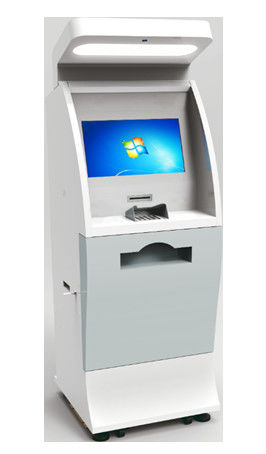
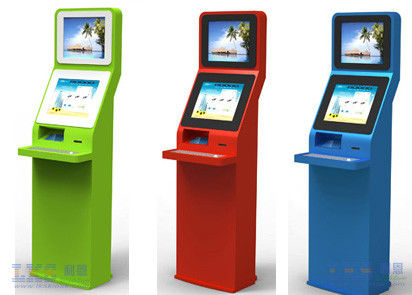
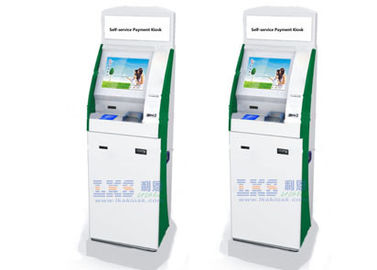
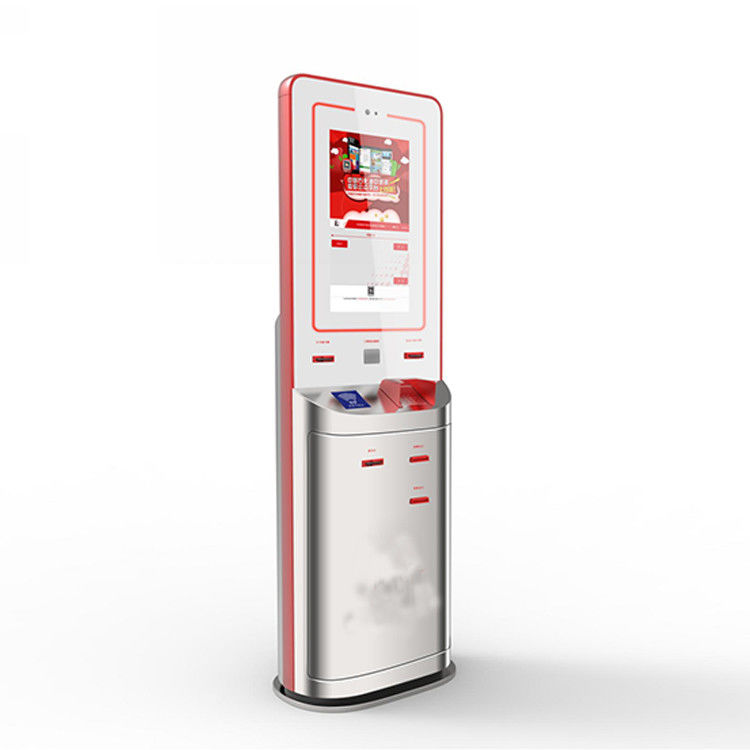
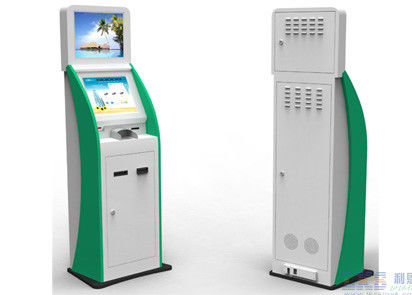
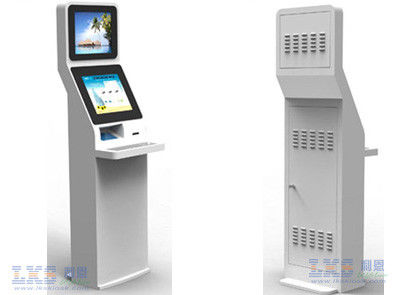
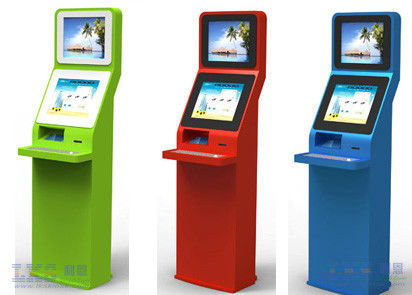
What did our happy clients say?
I’m thoroughly impressed with the quality of our new ATM machine. It’s sleek, user-friendly, and incredibly reliable. The customer service was top-notch from start to finish. I highly recommend this manufacturer for their excellent products and support!
We couldn’t be happier with our ATM purchase. The machine operates flawlessly, with impressive speed and accuracy. The manufacturer provided outstanding service, guiding us through every step. Highly recommend them for their exceptional quality and dedication.
Our new ATM machine has exceeded all expectations! The build quality is robust, and it performs seamlessly. The support team was incredibly helpful and responsive. I would definitely recommend this manufacturer to anyone in the market for a reliable ATM.
This ATM machine is fantastic! The quality is superb, and it has quickly become a valuable asset to our business. The manufacturer’s service was exemplary, ensuring a smooth purchase and installation process. I highly recommend them for their superior products and service.